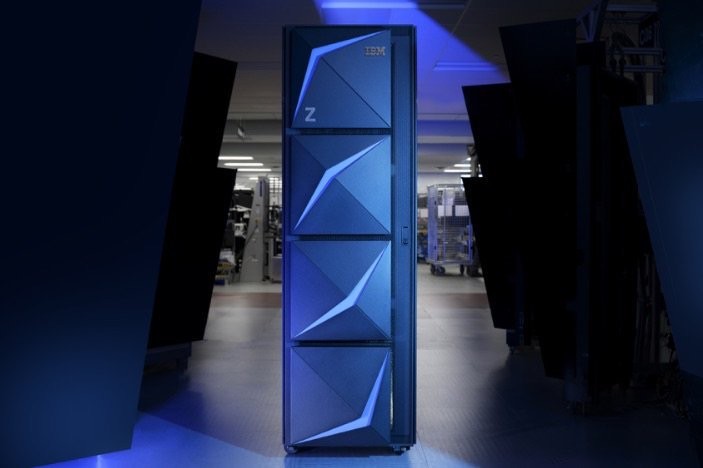
Time to Adapt: Addressing New Mainframe Priorities in a Changed World
In Christopher Nolan’s time-bending movie TENET, people (spoiler alert) can move forwards and backwards in the same time stream simultaneously, in the same locations. Yes, it’s a bit of a head scratcher. And it got me thinking, as most things do, about the mainframe and time. About previous decades, the platform’s ability to adapt and evolve, the current strange days, what the future may hold, and the need to think outside old boxes. Great filmmakers make us look at our world differently. We’re all now seeing and interacting with our world in different ways.
Big iron is still around and in many ways is more relevant than ever. The technology pre-dates personal computing, modern retail banking (and modern retailing for that matter), social media, smartphones and the Internet of Things. Yet it’s still supporting all those countless critical applications, and for many millions of people: the transactional powerhouse, the system of record. That power and reliability was never more welcome than in 2020 when, for example, online banking transactions and home shopping volumes went through the roof.
Which brings me to the current time and, in particular, the results of the new BMC Annual Mainframe Survey. The largest industry study of its kind, the 2020 results again validate the role and importance of the platform. It reports that adapt, automate and secure are central to empowering digital success; the mainframe is perceived by respondents as a critical component of the modern digital enterprise and an emerging hub for innovation. Much work remains to be done.
New processes are required to keep up with digital demand, as well as a fresh look at DevOps. Organizations recognize the need to deal with a dwindling pool of experienced staff and to train and develop next-gen mainframers. Responses indicate that mainframe modernization and automation need to continue, including implementing AI and machine learning. And securing the mainframe has become even more critical: for the first time in the survey’s 15-year history, security trumped cost optimization as the leading mainframe priority.
The $64,000 Question is, how can enterprises address these multiple requirements and so achieve their digital mainframe vision both quickly and securely? In a changed world with a home-based workforce, the ongoing skills shortfall and continued pressure on headcount?
The day before the BMC results were announced, IBM also published a study. Its headline was that most global C-level execs are now “rapidly accelerating digital transformation” – this much we know – but adds that “people and talent” are seen as the key to successful future progress. Of course they are. The perennial problem is how can you actually secure those people and that talent when you need them, to improve operational scalability, flexibility and security?
As social distancing, home-based and off-site working became the norm, our clients and mainframe services teams around the globe saw significant and lasting changes in how we worked, interacted and delivered. Our unswerving focus for the last year has been to deliver essential mainframe services securely, at pace and on demand, whenever and wherever our clients need them: from essential BAU activity to security engineering work, from leading-edge pen tests to leading end-to-end Db2 security projects.
These are changed times. We all have to think and engage in different ways. Looking to the past can of course help to inform the future, but now is the time to formulate and embrace even smarter and more innovative ways to work, to deploy the skills the industry needs to adapt, automate and secure the mainframe. As Benjamin Franklin wrote, “You may delay, but time will not.” Let’s go forward.